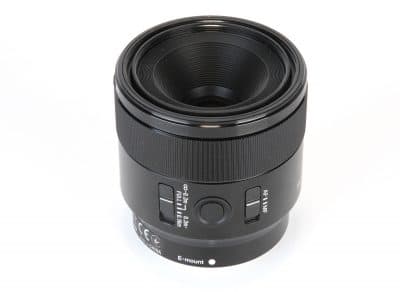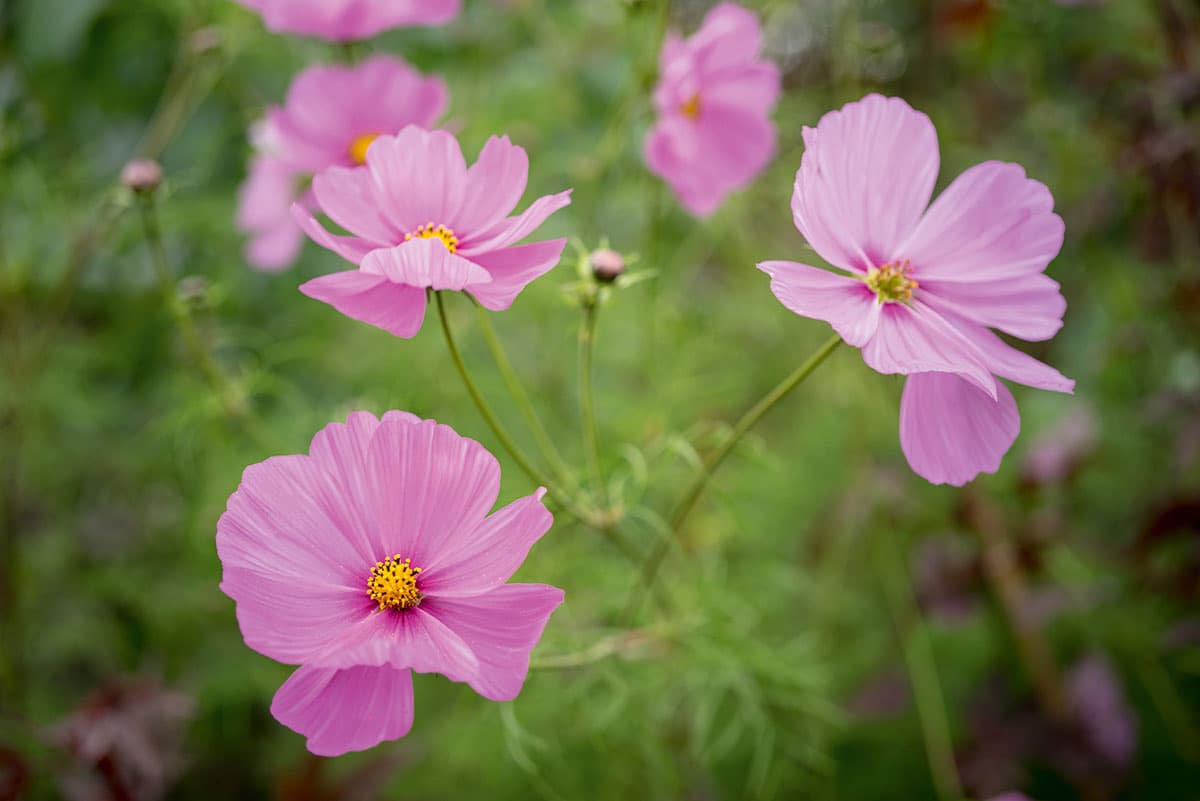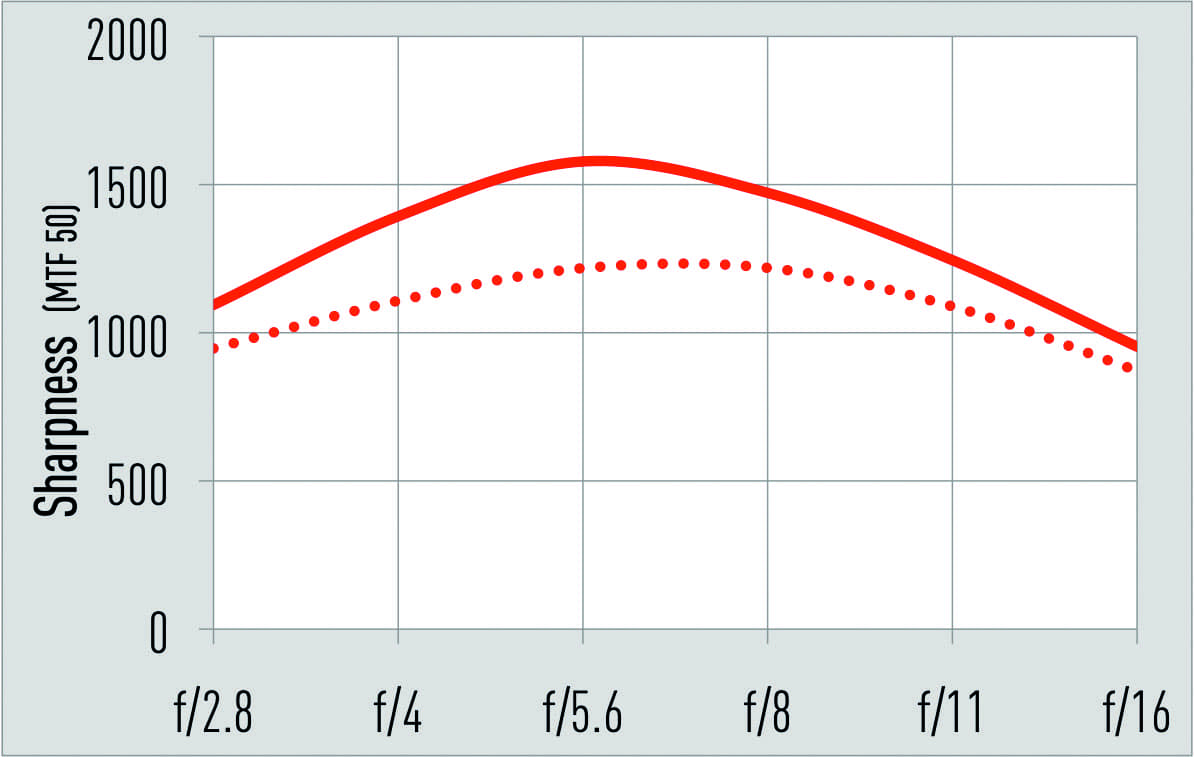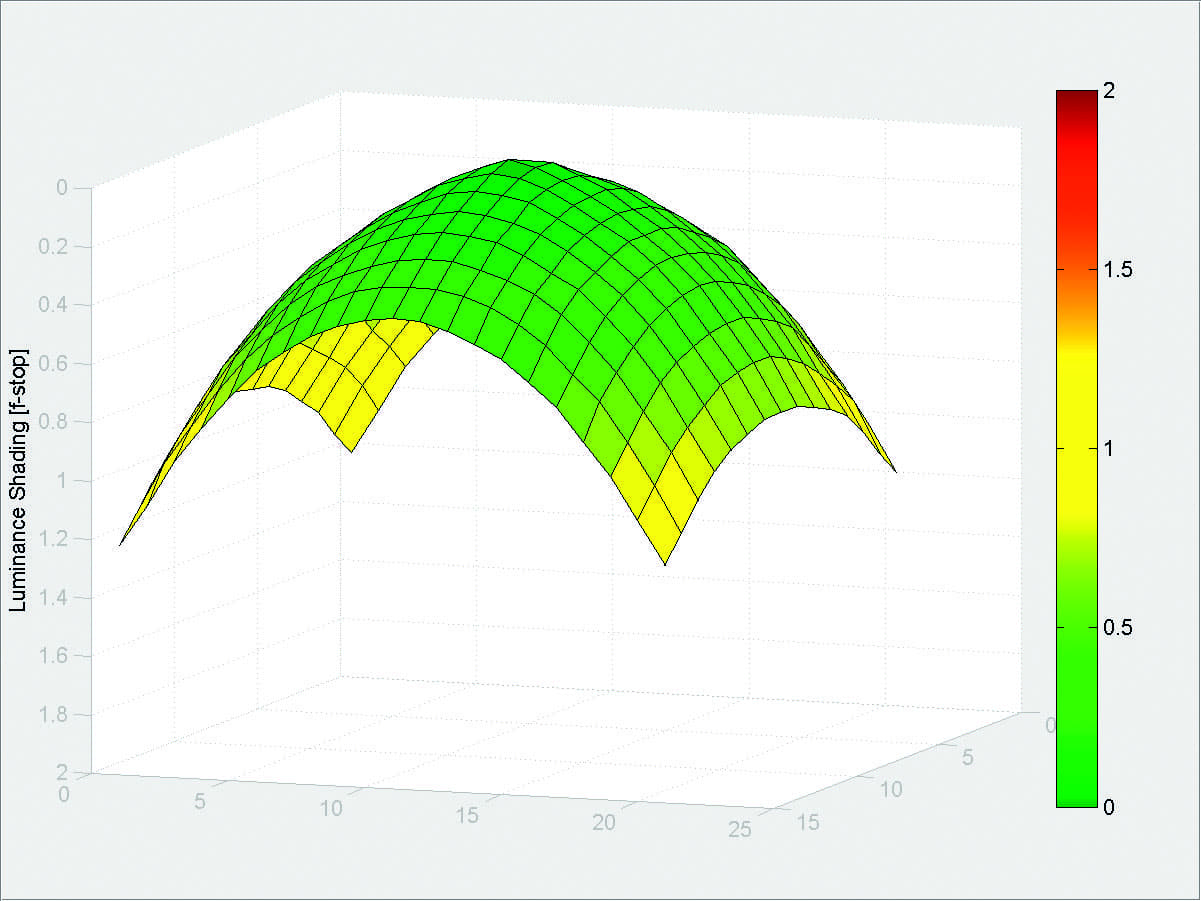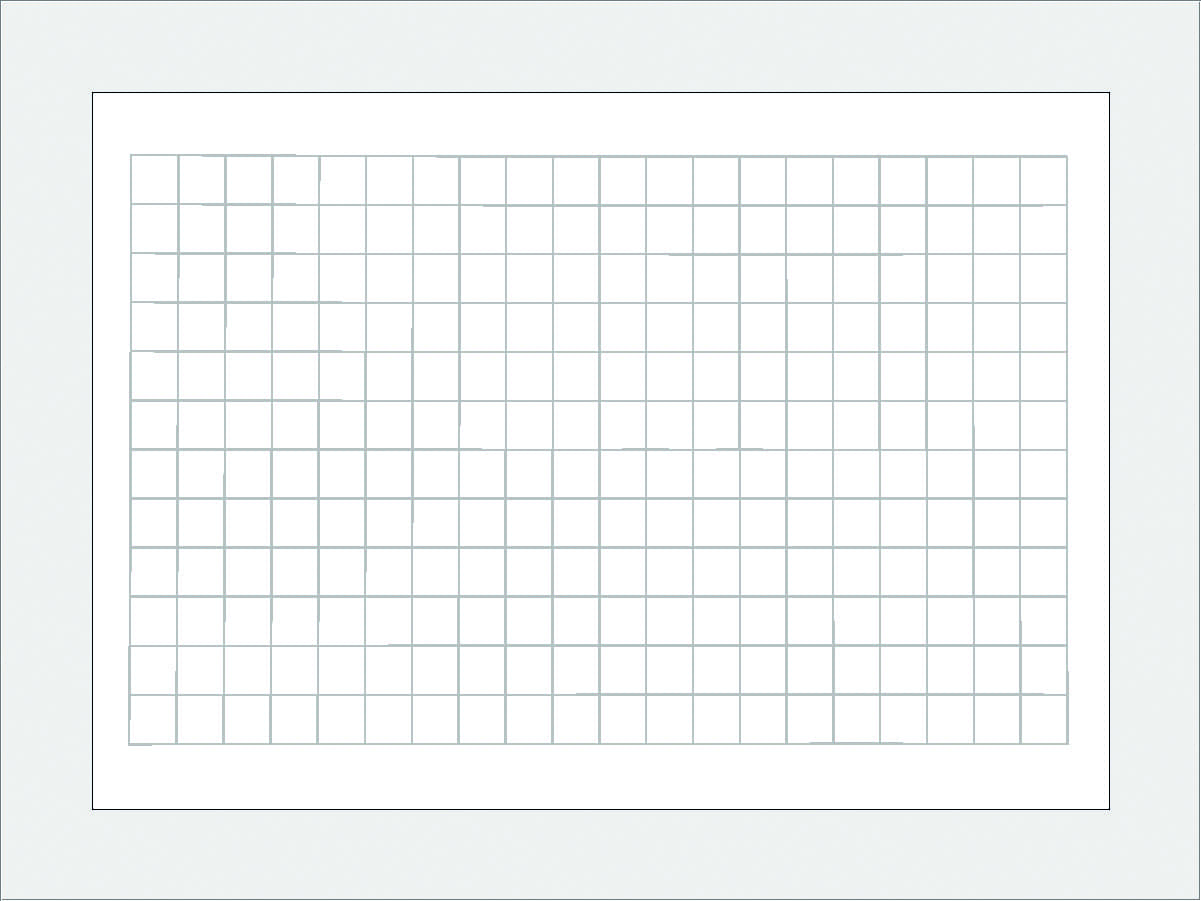After listening to the feedback from its users, Sony has gradually been increasing the number of affordable lenses in its FE line-up for full-frame Alpha 7 models.
It started with the FE 50mm f/1.8, which we reviewed (and quite liked). Costing nearly £250, this lens is still around £100 more expensive than its Canon and Nikon DSLR counterparts, but it is a step in the right direction. Now there is another 50mm lens, this time with an f/2.8 maximum aperture and the ability to capture 1:1 macro images. Crucially, at around £500, it is some £450 cheaper than Sony’s other FE macro lens, the FE 90mm f/2.8 Macro.
The FE 50mm f/2.8 Macro lens may be cheaper, lighter and smaller, but just how good are the images it produces, and is it destined to become a favourite among Sony Alpha 7 series owners?
Sony FE 50mm f/2.8 Macro review: Features
With the emphasis on affordability and price, the Sony FE 50mm f/2.8 Macro lens is something of a no-frills affair in terms of its feature set. Optically, the lens is constructed of eight elements in seven groups, and has an aperture range of between f/2.8 and f/16. Its 50mm focal length offers a 47° angle of view on full-frame E-mount cameras.
More importantly, it offers 1:1 macro at a minimum focus distance of 16cm. There are seven circular aperture blades for that all-important smooth out-of-focus area, which is even more important when shooting macro images, and it has a 55mm filter thread. It should be noted that the lens isn’t optically stabilised, so owners of the first generation of Alpha 7-series cameras will need to keep an eye on shutter speeds and make sure the camera and lens are held steady when shooting macro images. Those with the second-generation Alpha 7-series cameras needn’t worry so much, as these have in-camera sensor-based stabilisation, which should give more flexibility to shoot handheld.
As an interesting aside, as the majority of Sony’s new cameras have sensor-based stabilisation, it is perhaps a chance for the company to introduce more of these affordable lenses without need for the additional expense associated with optically stabilised lenses.
Sony FE 50mm f/2.8 Macro review: Build and handling

At £500, we expect a decent build quality, and the FE 50mm f/2.8 Macro doesn’t disappoint. It has a solid metal body and mount, but it measures just 70.8x71mm in size and weighs only 236g. It combines well with the Alpha 7-series cameras, and feels pleasingly in scale with the camera.
There are a few controls on the lens itself, namely an AF/MF switch, a focus limiter and what looks like an AF on button, but is actually an AF lock button. As with all Sony FE lenses, the 50mm f/2.8 Macro lens uses electronic fly-by-wire focusing, with a thinly ribbed manual-focus ring at the end of the lens. Electronic focusing isn’t always the best option when it comes to focusing macro images, but I found that the 50mm f/2.8 didn’t present any difficulty once you have the subject roughly in focus. Manually fine-tuning is easy, especially with 100% magnification.
The first thing you notice when using the lens is the noise and pedestrian speed of the AF motor. It suddenly sounds like you’re stepping back a decade in terms of technology. There are no silent piezo electric stepping motors here, just good old-fashioned motors that whirr away steadily and methodically to get your subject in accurate focus.
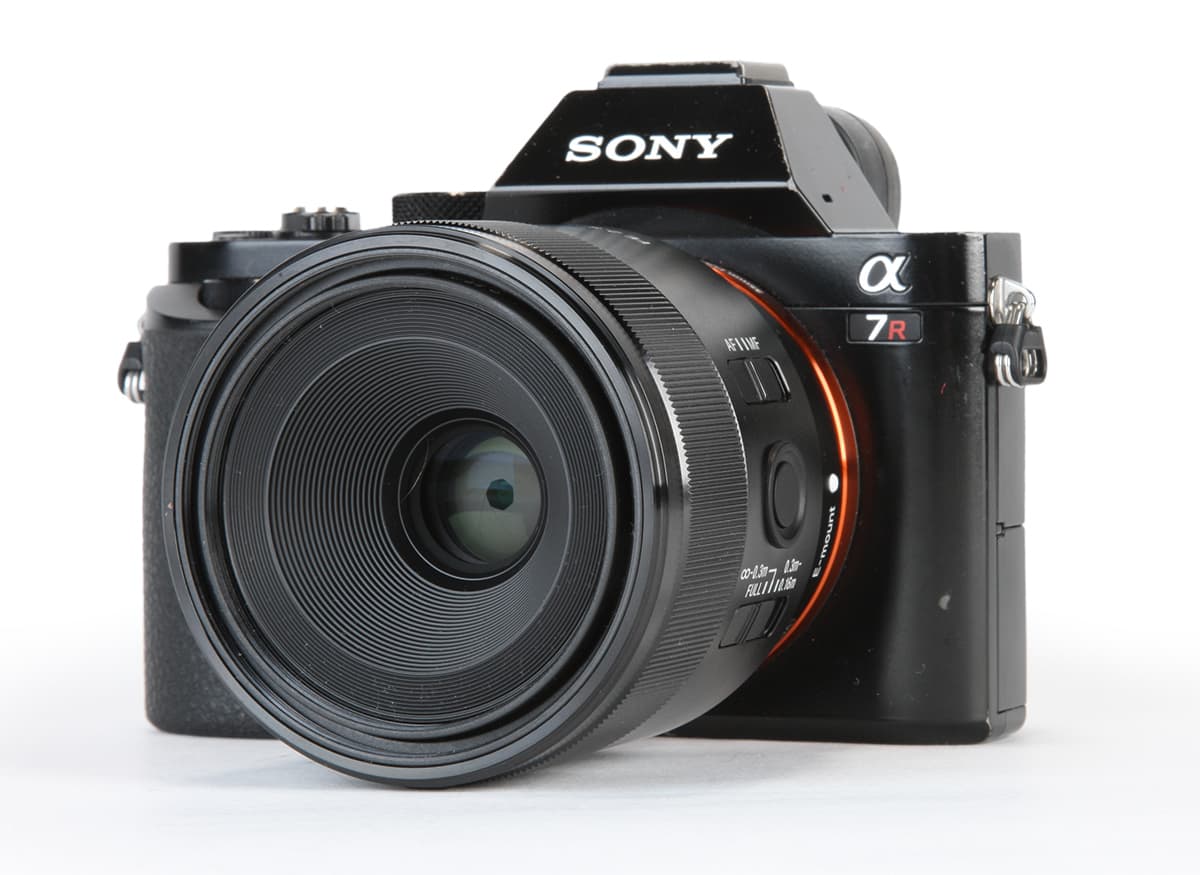
Unlike most modern macro lenses, the FE 50mm f/2.8 Macro doesn’t use internal focusing; instead, the lens barrel extends hugely on focusing closer. Not surprisingly, this means autofocus can be rather slow. Autofocusing from around 60cm to infinity on the original Alpha 7R takes just under one second, while from the minimum focusing distance to infinity takes nearer three seconds. It is occasionally prone to hunting at closer distances, as macro lenses often are, but if you wait patiently it does get there.
As a general 50mm lens, the focusing is far better. At distances of 1m to infinity it is a lot faster, as it has less work to do in terms of shifting lens elements around. You could just about say that the focus snaps at this range.
The focus limiter on the side of the lens has three different settings: Full Range, 30cm to infinity and 16cm to 30cm. The limiter is great if you want to focus beyond 30cm, but for use from 16cm-30cm it doesn’t offer much of an advantage. Shifting the length of this range looking for focus takes around three seconds. This means it doesn’t cut down on the time it takes to focus. It almost needs a fourth setting of, say, 16cm-20cm, which would help significantly when you know you are shooting at the minimum range of the lens. Generally, I found when working at shorter distances it was best to pre-focus, use focus lock, or focus manually.
I often wonder how useful 50mm macro lenses actually are. In the confines of a studio, or with relatively static subjects, they are great lenses. The simple optical design means there is virtually no distortion and they are usually extremely sharp. However, for shooting insects, which for many is what macro is all about, 50mm can be an odd focal length. At the minimum focus distance the lens will be very close to the subject and it can be a real challenge not to scare insects off. That said, the lenses are generally more affordable than their 90mm or 105mm equivalents, so they act as a good entry into macro shooting, as well as doubling up as a very nice standard lens.
Sony FE 50mm f/2.8 Macro review: Image Quality
You can’t really go wrong with a 50mm lens, and the FE 50mm f/2.8 Macro is no exception. At f/2.8, it is sharp in the centre, and provided you have the corners within the depth of field these are also acceptably sharp. Stopping down aids this further, with the lens reaching its optimum at around f/5.6-f/8. At these settings there is very little difference in sharpness between the corners and the edges. Even shooting at the minimum f/16 aperture produces acceptable results, despite a drop off in resolution due to diffraction.
With no noticeable distortion in our real-world tests, and an acceptable level of vignetting, the lens performs its duties well, producing sharp macro images. There is some magenta/green chromatic aberration visible, although the built-in raw profile for this corrects automatically for the worst of it. Removing the sliver that may remain on very high-contrast edges took a nudge of the slider in Adobe Lightroom CC.
Sony FE 50mm f/2.8 Macro review: Resolution, shading and curvilinear distortion
Resolution
The lab tests match the real-world examples, showing a good level of centre sharpness across all apertures, but importantly there isn’t a huge difference in quality between the centre and edges. At f/2.8, the lens performs very well, but it achieves its peak sharpness at around f/5.6, before dropping off slightly at f/11. There is another drop at f/16, but the real-world examples show the lens is still acceptably sharp at this aperture setting.
Shading
Our tests show that when shooting wide open at f/2.8, there is almost 1EV darkening in the corners of images. However, stopping down to f/4 reduces this to near 0.5EV, and by f/5.6 it is less than 0.3EV. It is worth noting that the built-in raw profile helps to reduce this even further when using compatible conversion software.
Distortion
As expected for a 50mm macro lens, curvilinear distortion is minimal. Our tests reveal the merest hint of barrel distortion, measuring just 0.5%, which you’re unlikely to notice in practice. This makes it a great lens for archival reproduction, or anything else where low distortion is essential.
Sony FE 50mm f/2.8 Macro review: Verdict
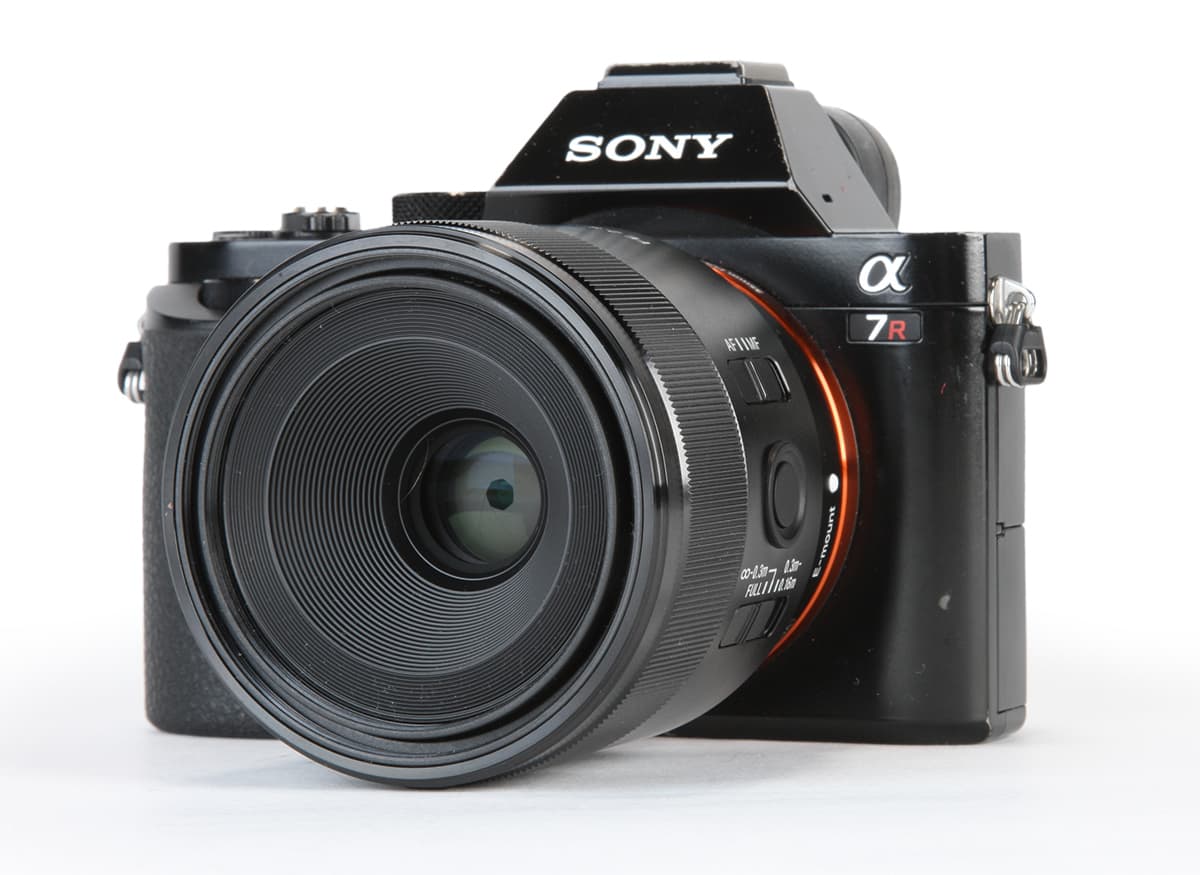
In terms of image quality, it is hard to fault the Sony FE 50mm f/2.8 Macro. It produces detailed images, with a nice level of contrast, virtually no distortion and pleasing out-of-focus areas. It may not match the superb FE 90mm f/2.8 Macro for sheer optical quality, but at £450 less you wouldn’t expect it to.
The lens’s main flaw is that autofocus can be slow, particularly if you aren’t already close to the point of focus. Altering the focus-range limiter to have a shorter minimum range would significantly help focusing speed for macro shooting.
In summary, the build quality is superb, optically the lens is great, and if you are primarily looking to shoot macro images but also want a standard 50mm lens, then it is a good option. Besides the slow AF, our only complaint is the usual one with Sony lenses – it is a little overpriced. Users on a tight budget could consider buying the FE 50mm f/1.8 with a set of extension tubes instead.

Find more great Sony E-mount lenses in our guide to the best E-mount lenses.

